Base in fine black marble from Belgium.
Old cast.
German school
early twentieth century
height 13 cm
link from our web catalog:https://galerietourbillon.com/hoetger-bernhard-moine/
Galerie Tourbillon : Free valuation - Buy and Sell at best prices
Biography :
Bernhard Hoetger (1874-1949) was an important German sculptor and painter of the expressionist period. Bernhard Hoetger was the son of a blacksmith from Dortmund, and studied sculpture at Detmold from 1888 to 1892, and later headed a workshop in a church in Rheda-Wiedenbrück. Following a course at the Academy of Fine Arts in Düsseldorf, he completed with a stay in Paris. He was deeply influenced by Auguste Rodin, in whose studio he also met Paula Modersohn-Becker. He illustrated No. 132 of "L'Assiette au beurre" (October 10, 1903), offering a series of striking compositions entitled "Hard work", with legends by Jehan Rictus. Most of his works then refered to the world of industry that crushes the human being and associates it with misery. Bernhard Hoetger was thus, like Jules Dalou in France and Constantin Meunier in Belgium, promoting the vision of the Working class, its magnitudes and miseries. He could later become familiar with the work of Antoni Gaudí.In 1911, Hoetger was called to the artistic colony of Darmstadt, where he moved. In 1914, prompted by Paula Modersohn-Becker, he went to Worpswede in Lower Saxony. He discovered there, through Bremen patron Ludwig Roselius, what became his life's work: the construction of the famous Böttcherstraße in Bremen in an Expressionist style. Like his protector Roselius, Hoetger sympathized with the ideas of National Socialism and adhered to the Nazi Party. He tried, in vain, to win the party to his artistic convictions. His work, on the contrary, was described by Adolf Hitler, at a congress in Nuremberg in 1936, as "degenerate art". Expelled from the party, Bernhard Hoetger moved to Switzerland in 1946, where he died in 1949.


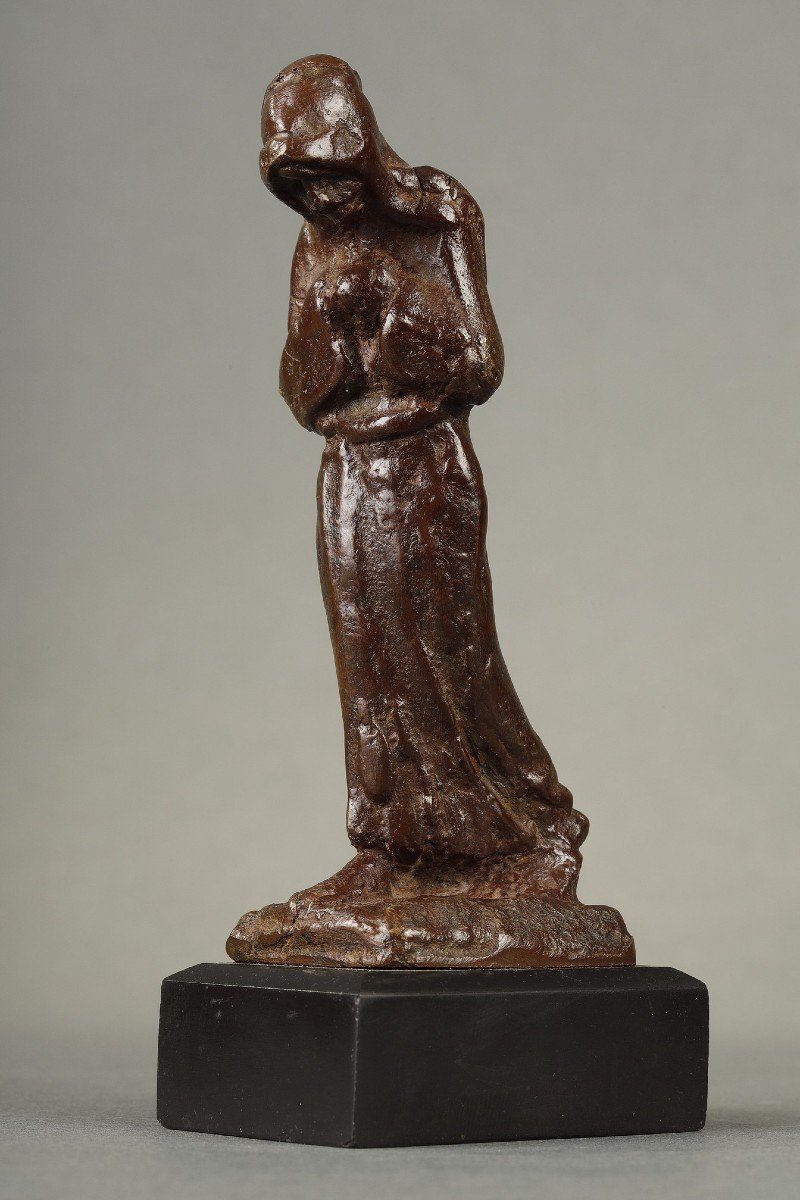


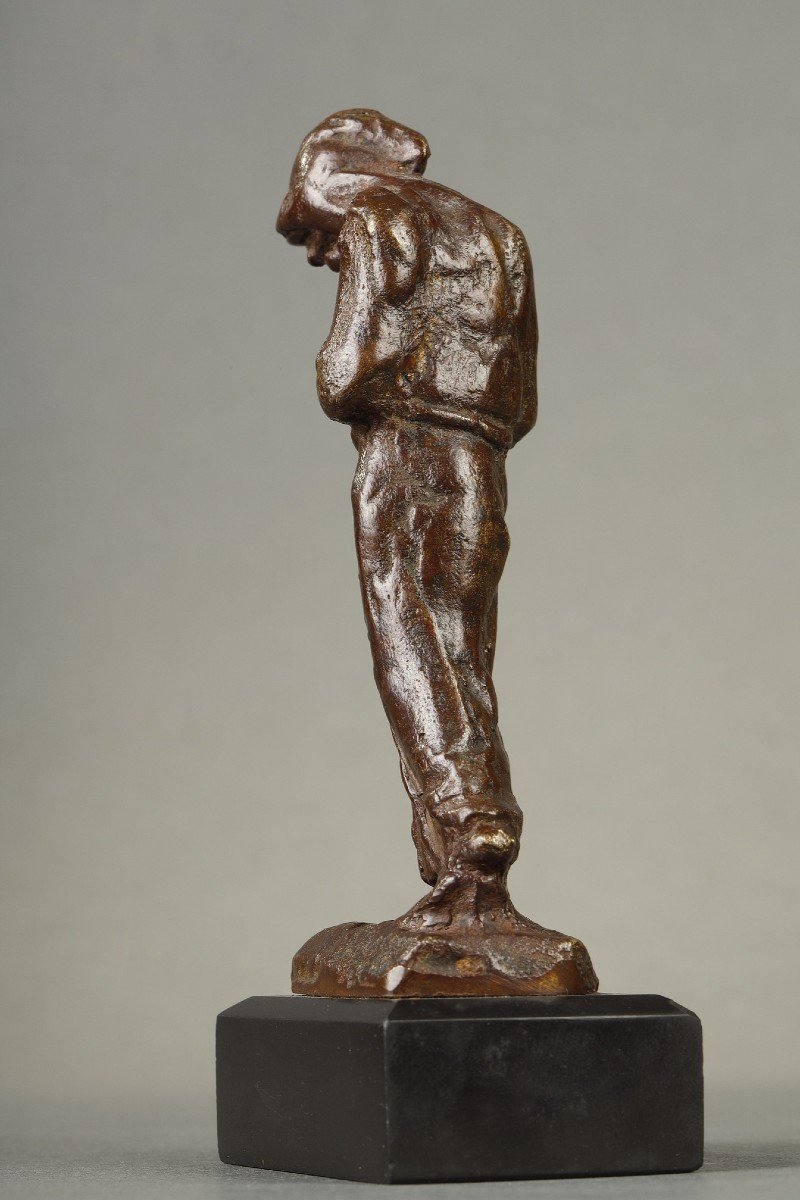
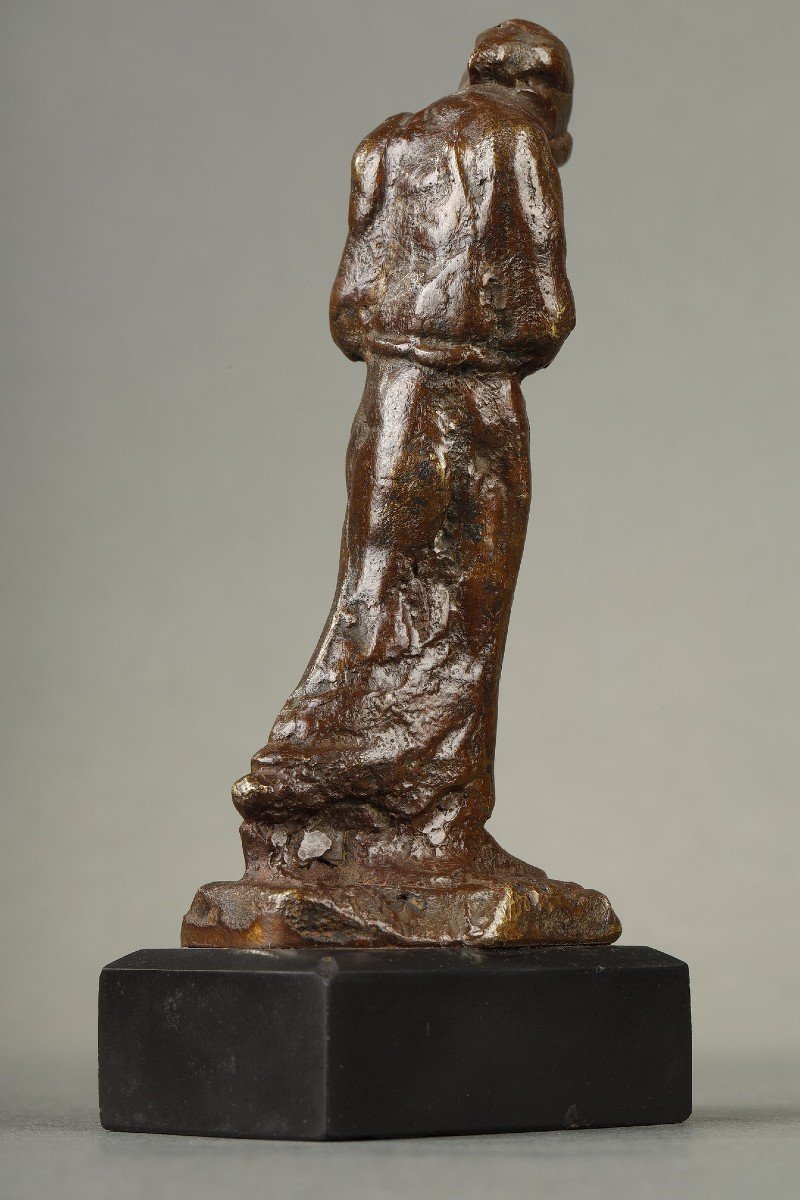



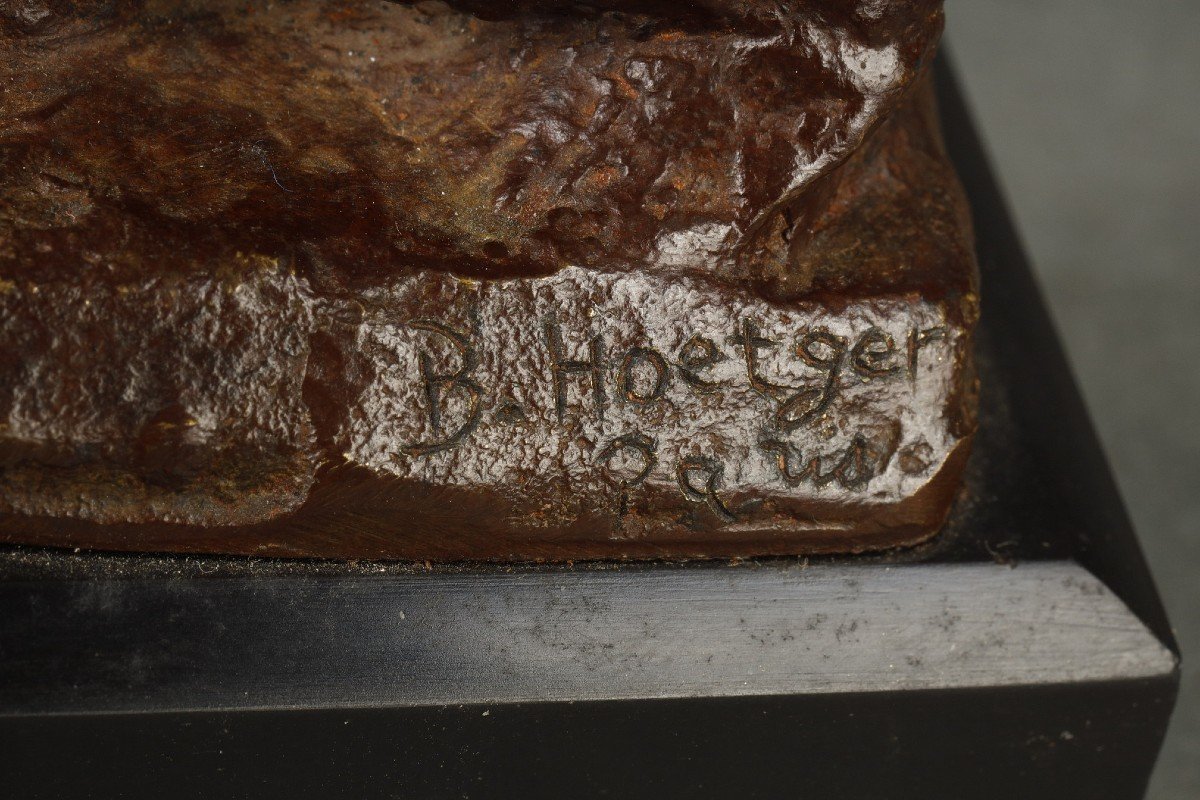












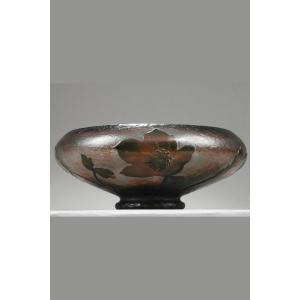
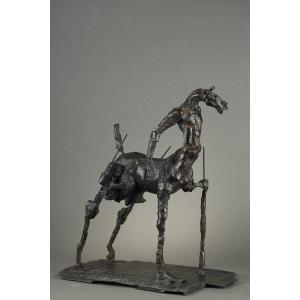
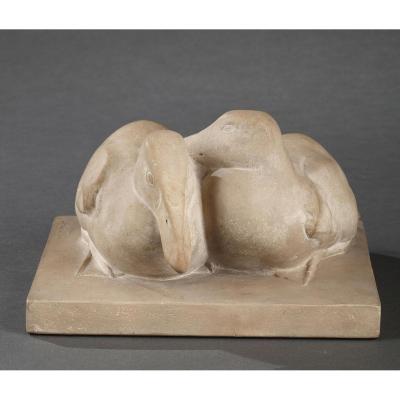


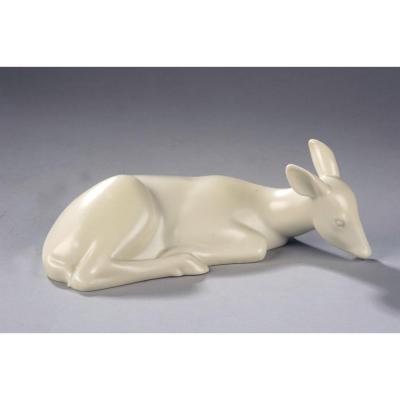



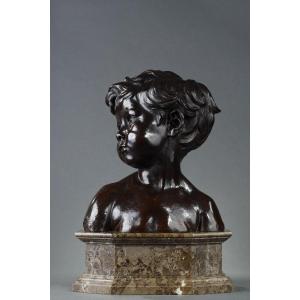
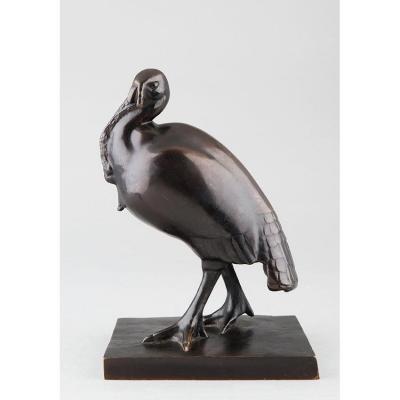
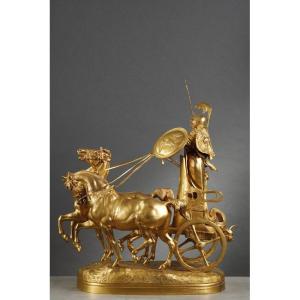


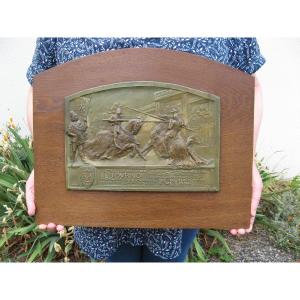







 Le Magazine de PROANTIC
Le Magazine de PROANTIC TRÉSORS Magazine
TRÉSORS Magazine Rivista Artiquariato
Rivista Artiquariato